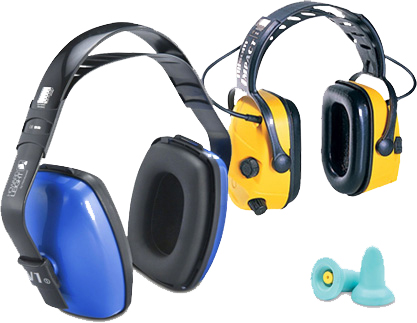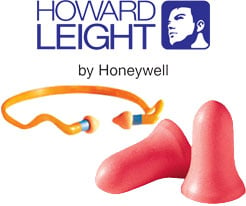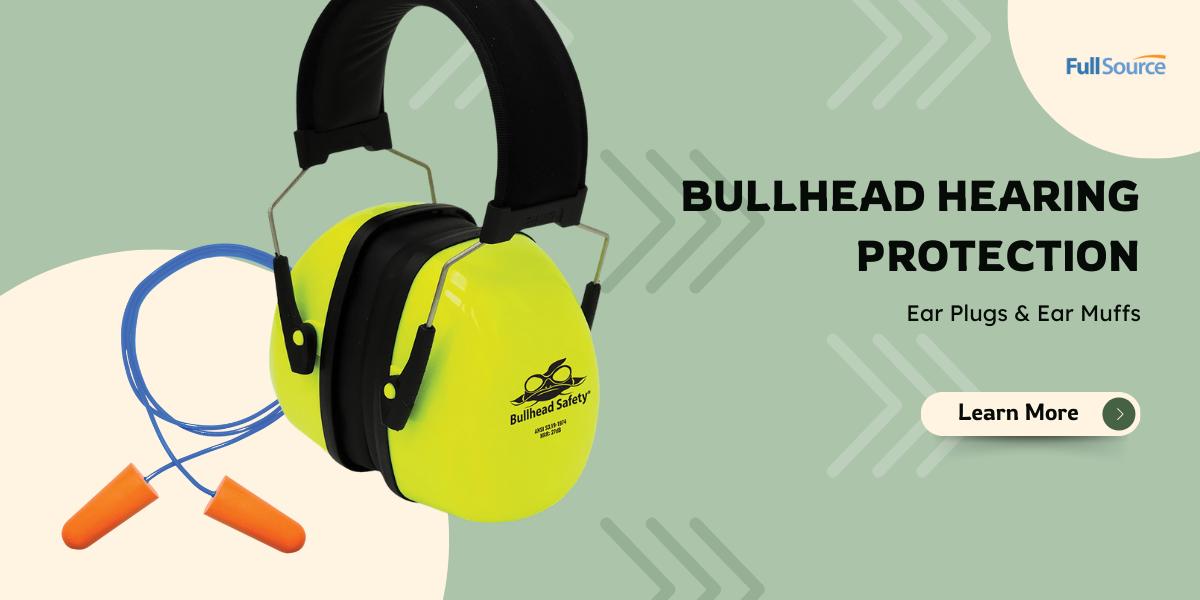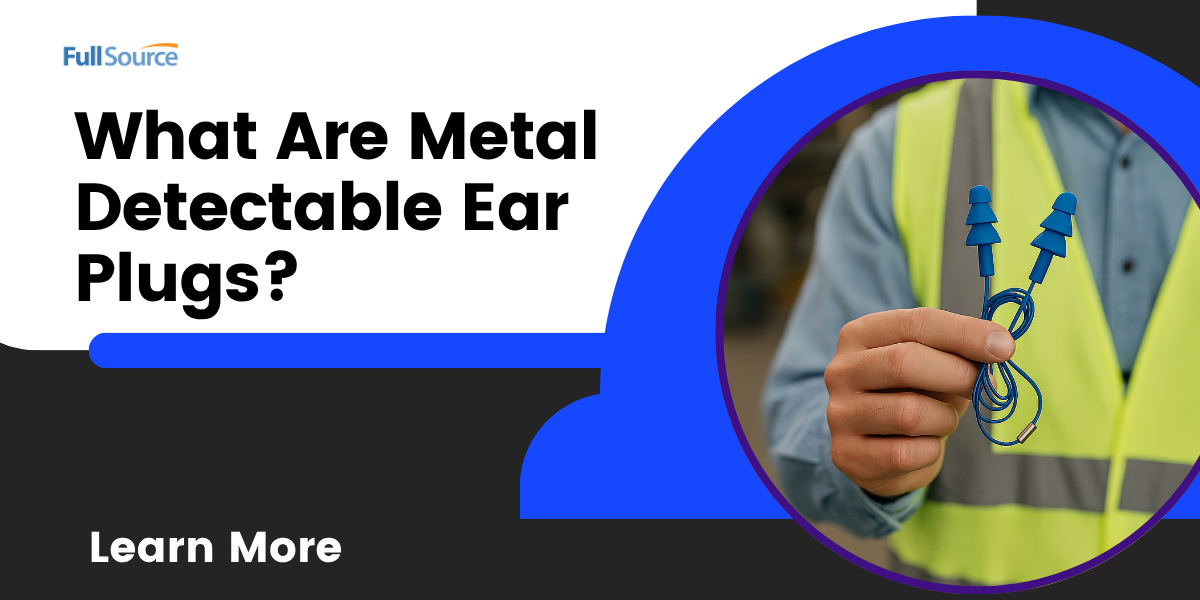Hearing Protection On The Job
According to OSHA about 30 million workers are exposed to hazardous noise levels each year. How does OSHA determine when employees should be wearing hearing protection?
Firstly, the main factor is the decibel of the noise (how loud the noise is). This is in combination with the amount of time each employee is exposed to the noise.
- An employee working 8 hours a day cannot be exposed to noise levels over 90 decibels without proper hearing protection.
- Employees who work 2 hours a day cannot be exposed to over 100 decibels for those 2 hours without hearing protection.
Other deciding factors for hearing protection are if employees move back and forth to work areas with different noise levels during the duration of their shift. And if the noise comes from one source or multiple sources.
OSHA Regulations
OSHA has federal regulations for hearing protection. States can also have individual regulations that are at least as strict as OSHA’s. When employees are required to wear hearing protection, generally it’s the employer’s responsibility to provide the hearing protection at no cost to the employees.
Types of Hearing Protection
Also, hearing protection can come in several forms. This includes ear plugs, ear muffs, and banded caps. Disposable ear plugs are the most economical form of hearing protection. Earmuffs can often be the most comfortable form of hearing protection. This is especially true for employees that need to wear them for extended periods of time.
In conclusion, make sure your company is complying with the OSHA standards for hearing protection as well as your state regulations.





